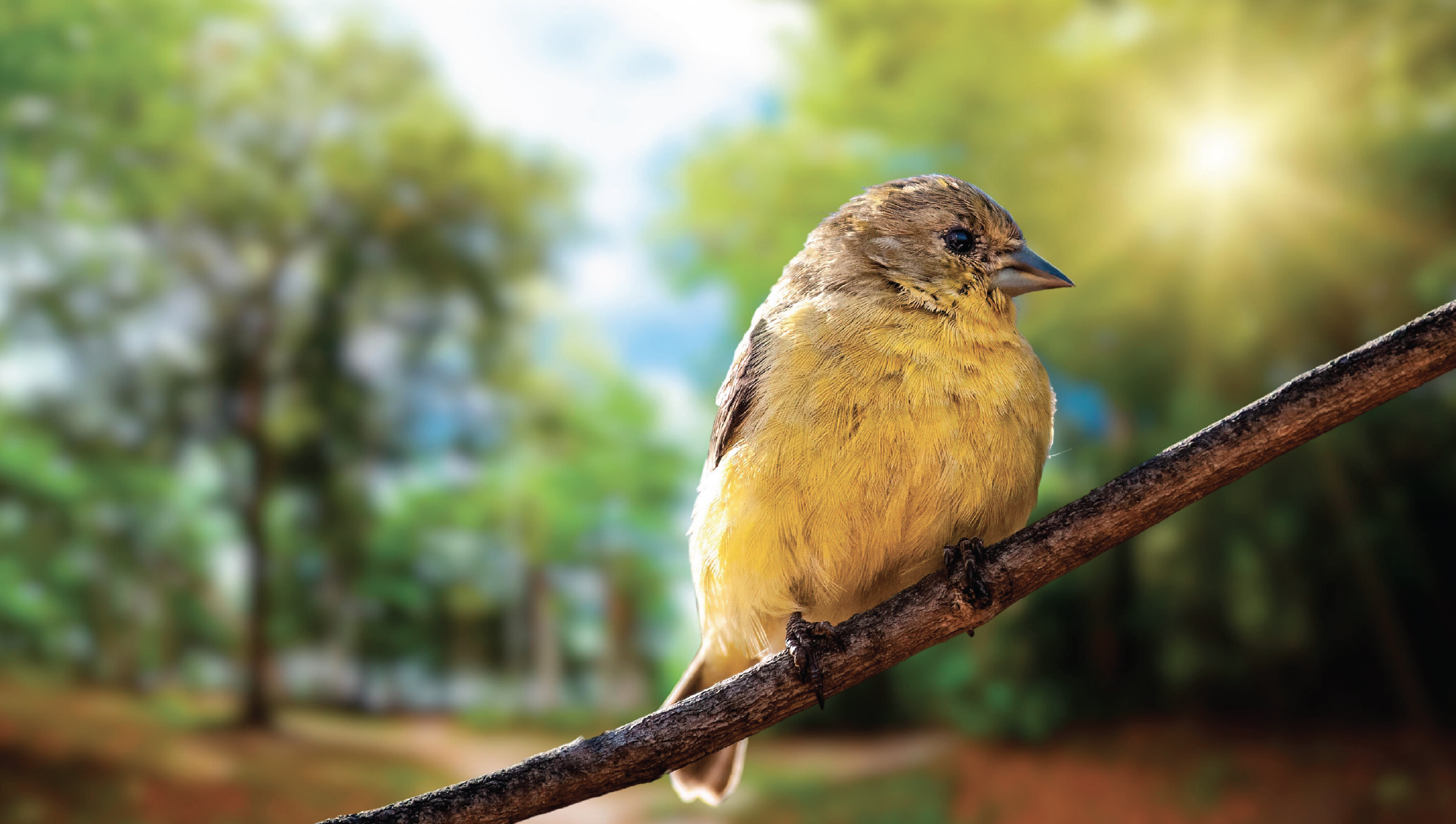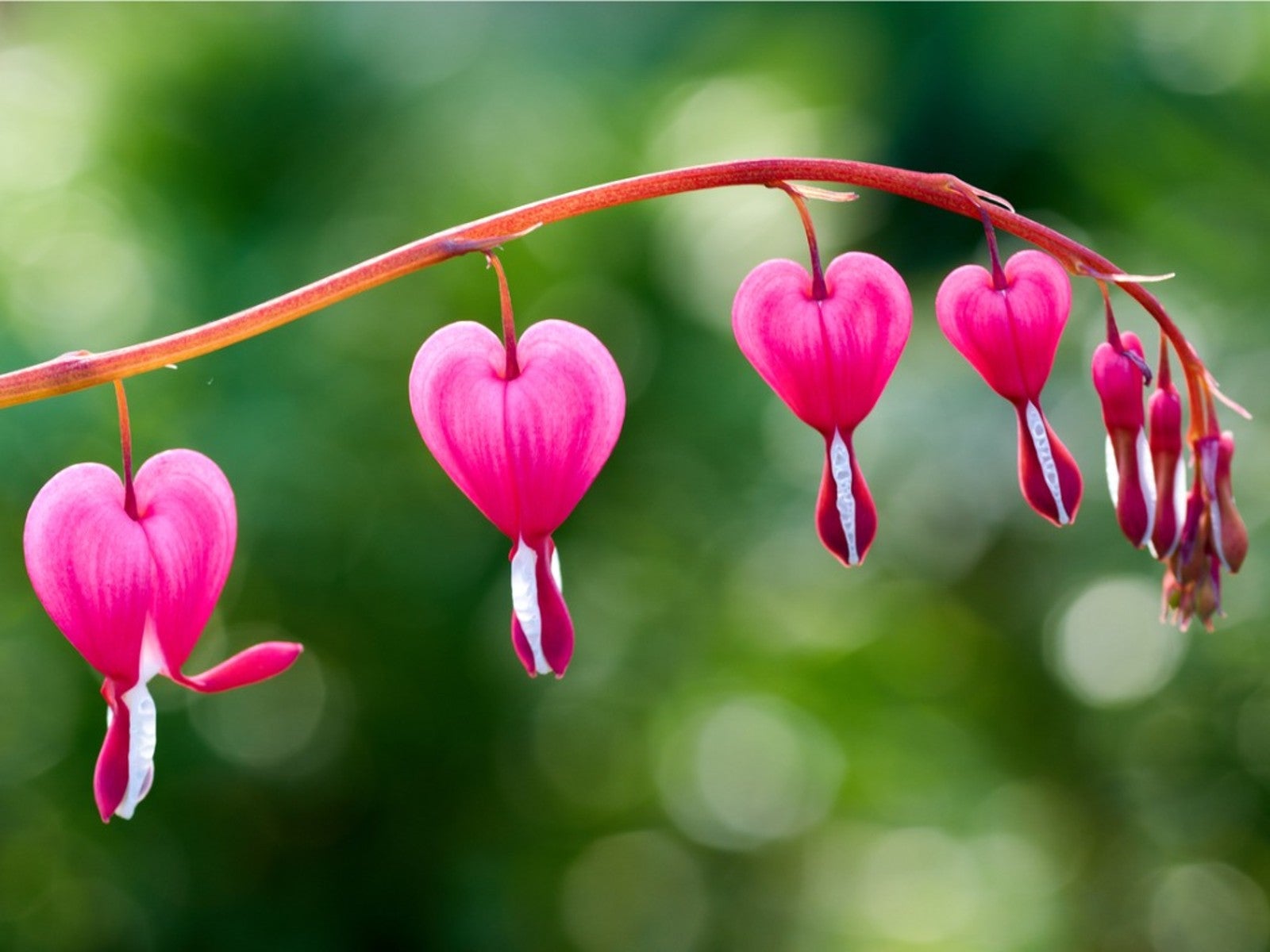Let’s get real, folks. I know darn good and well that most of you are not going to be doing a lot of gardening in the next couple of months. There are some things that you CAN do, however, on those occasional glorious mornings or evenings that lure us outside and away from the AC. Here are the most critical ones:
• Go out and do a good checkup on your yard. Yes, all the way out to the back corners that you haven’t visited since spring. Look up at your trees and see if there are dead or weak areas that need to be dealt with. Do you have insect holes, woodpecker holes or oozing sap? Do you have shelf mushrooms or lichen growing on the trunk? Is there sawdust at the base of the plant? Last year’s drought caused significant damage that will take a couple of years to heal, so keep your eyes open. I’m speaking from experience. The Memorial Day weekend storms put a tree on my husband’s truck, and the storm last weekend put one on my house!
• Check smaller plants for disease and insects. We are seeing a tremendous amount of powdery mildew and other fungal problems on many plants because the humidity has turned our area into a fungal breeding ground. The winter was also not severe enough to kill back the insect population. This puts a double whammy on our weakened shrubs. Give us a call or stop by with a sample so that we can give you the best product to treat your issue. Remember to always treat with the least toxic product first!
• Check the ground for mole tunnels or vole holes. Moles do not hurt your plants, but they make handy tunnels for the voles (field mice) to travel through. Voles will eat the roots of your shrubs, and especially love hostas.
• Do maintenance on flower beds and gardens, even if they are in containers. Again, check for insects and diseases and treat/ replace/remove affected plants. Deadhead annuals and reapply fertilizer. Give leggy plants a haircut. If your flowers have gotten out of hand and are stressing you out instead of giving you joy, throw them on the compost heap and get some fresh ones! Life is too short for ugly plants.
• If your yard is naked and in need of larger plants, there are some trees and shrubs that can be planted now IF you are prepared to water them (unless we are getting at least 1” of rainfall per week). Once we move into the cooler months, it will be safe to plant larger trees. Fall is also a good time to supplement your perennial bed with late blooming and/or evergreen plants.
• Since I mentioned water, let’s talk about that. Water issues are by far the most common cause of plant death. While sprinkler systems are great for grass and annuals, they are woefully inadequate for trees and shrubs. A good sized Limelight Hydrangea can drink 5-10 gallons of water per day. A large Maple tree can suck down 5 gallons per inch of diameter in a week. A drip irrigation system or hand watering is critical for trees and shrubs.
• Let’s talk about fall fertilizing. I think of fertilizers as multi-vitamins for your plants. If you have good soil that you replenish with compost there is no need to fertilize, just like if you eat a well-balanced diet, you don’t need vitamins. Most of us don’t eat a well-balanced diet, however, and we are dealing with some hard clay soil. (I’ll talk more about that later.) Therefore, a little supplementing is frequently useful. The problem is, sometimes gardeners just throw random fertilizer down without knowing what their plants need. This can be like taking Vitamin A for a Vitamin D deficiency. Here’s an example: Billy Bob keeps putting lime on his grass because his daddy put lime down and Billy Bob thinks that grass has to have lime. Billy Bob has azaleas all around his yard that are dying, and he doesn’t understand why. The reason is that the steady use of lime on his yard has caused the pH to rise, and azaleas cannot survive in alkaline soil. Here’s another example: Susie Q keeps fertilizing her hydrangeas with some random fertilizer that her husband had in the garage. Susie Q has no blooms on her hydrangea.
• Did you plant a vegetable garden? Keep harvesting to keep the produce coming! Make notes of what did well and what didn’t, and give us a call if you have questions. Don’t forget to make a note of where things were planted so that you can change it next year. I know it sounds silly to say you have to rotate your crops in a 4×4 raised bed, but it is critical that you do so. It is also important to keep an eye out for insects and disease so that all your hard work isn’t in vain.
• For those of you who do plant veggies, you can plant seeds of cool season vegetables (beets, bush beans, carrots, peas) once we get into mid-August. Later in the month you can plant cole crops such as broccoli, cabbage and cauliflower. They will need to be protected from hot, late afternoon sun.
• Don’t let the weeds get the upper hand! Keep pulling them and applying pre-emergents, or put down a layer of newspaper or cardboard under your mulch to prevent seeds from germinating. That’s because she has grabbed a high nitrogen fertilizer that results in a beautiful green bush that doesn’t bloom. The bottom line is, educate yourself and/or do a soil test before you just start throwing fertilizer out.
• Now let’s talk about clay soil. I know that some of you have moved here from other places where there was actual black dirt. You aren’t in Kansas anymore, Toto. We have clay, which when mixed with sand becomes the brick that many of your houses are made of. It can be amended, however, and does a great job of holding nutrients. The trick is to amend, amend, amend. Compost, rotted manure and soil conditioner will all help. A soil test is best if an area is struggling. You can pick a kit up here.
• Take care of our feathered friends during fall migration. Keep feeders and birdbaths clean and full. That is all for now. Please stop by or give us a call if you have questions. We want you to have a beautiful yard!









